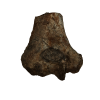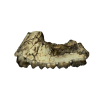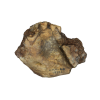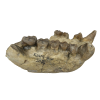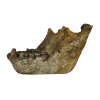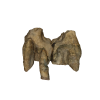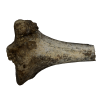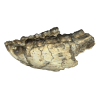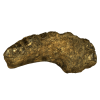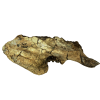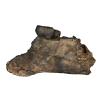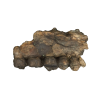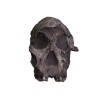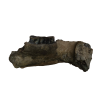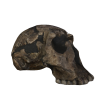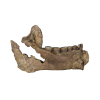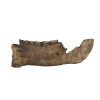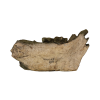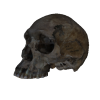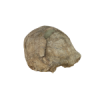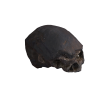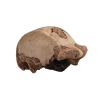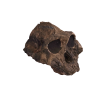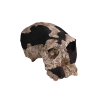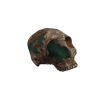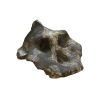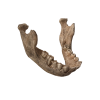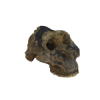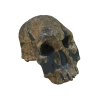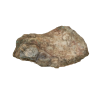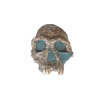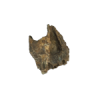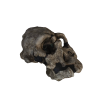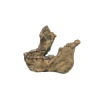This mandible was spotted in 2009 by Cyprian Nyete, who was clambering over a very steep hillside, in his search for fossils. Looking up he spotted a fragment of a fossil close to the top of the slope. The rest of this specimen had washed down a small gully and had been covered with silt and rocks. All the missing pieces were slowly recovered by screening all the surface rocks and sands and excavating areas where it seemed possible more of the fossil might be buried under the surface. There was just a slim chance, with such a complete lower jaw preserved, the skull of this individual might have been nearby. But this did not turn up.
|
Homo rudolfensis
KNMER 60000 Age approx. 1.88 Million Years
Digital Capture: Photogrammetry 0 Comments This is a nearly complete lower jaw of Homo rudolfensis with a full set of teeth. Its characteristic small front teeth (incisors) and flat profile across the incisors is consistent with the shape of the newly published specimen KNM-ER 62000 and skull KNM-ER 1470.
Order: Primates Family: Hominidae Tribe: Hominini Genus: Homo Species: rudolfensis Element: Mandible with full dentition Locality: East Turkana Area 105 Year of Discovery: 2009 Other Fossils to View |



